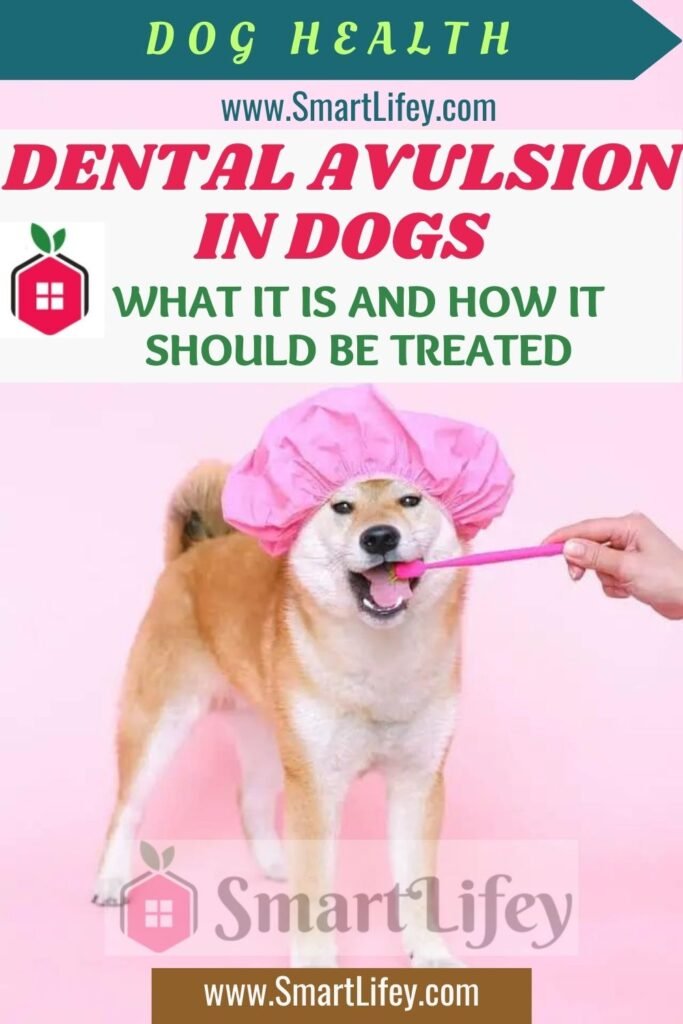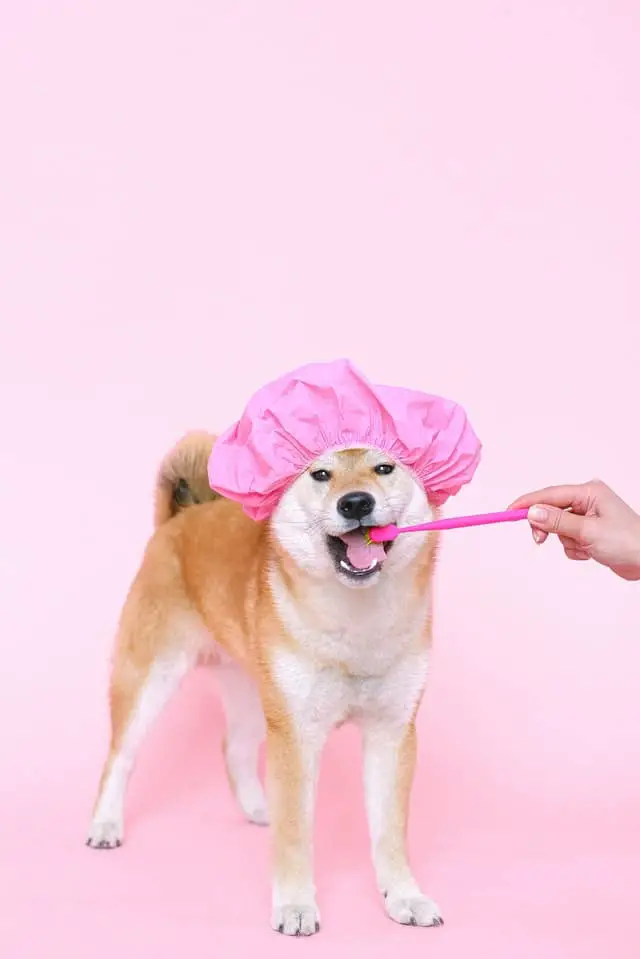Dental avulsion can be very painful for the dog; also for this reason it is necessary to intervene promptly. Let’s find out some more details about the disorder.

It is very important to take care of our four-legged friend’s oral hygiene. There are many disorders related to poor management of dogs mouth health. Sometimes the problems that afflict the dog’s oral cavity are very evident, as they cause him a lot of pain, as in the case of dental avulsion ; let’s find out what it is.
Dental avulsion in dogs: what it is
It is well known, toothache can be very painful, and certainly does not spare our four-legged friends. Usually the responsibility is ours, that we do not take care of the dog’s oral hygiene as we should , always too underestimated. The lesions called by shifting can be even more painful. There are various types, including dental avulsion. But what exactly is it about?
Dental avulsion, among the displacement injuries, is the most serious (the others are concussion, dislocation and subluxation), and is substantiated in the total dislocation of the tooth from its natural location inside the dog’s mouth.
The dislocation can be vertical (up or down, respectively called intrusion and extrusion ) or lateral. The origin is clearly of a traumatic nature.
How to intervene

What was said at the debut remains firm: the oral hygiene of our four-legged friends is too often underestimated. Instead it is essential to put it into practice every day. But dental avulsion in dogs has little to do with the preventive aspect; as mentioned, it has a traumatic origin.
Of course, inspecting dogs mouth daily will allow us to find the disorder as soon as possible; but the clues, at least as regards the avulsion, are different.
On the other hand, the total dislocation of the tooth causes the animal a strong pain, easily ascertained to the touch of the painful area; if it is very intense it could also make dogs stop eating.
Beware of extrusion; the tooth will appear shorter, precisely because the dislocation occurred downwards, and it is not always easy to identify. Obviously, once the onset of a dental avulsion has been found, it will be necessary to immediately take the dog to your trusted veterinarian.
The timeliness of the intervention is essential, both to avoid infections and to increase the chances of saving the tooth, which will be replaced in its natural bed with a surgical intervention, during which, obviously, it will be necessary to administer anaesthesia to the dog.
